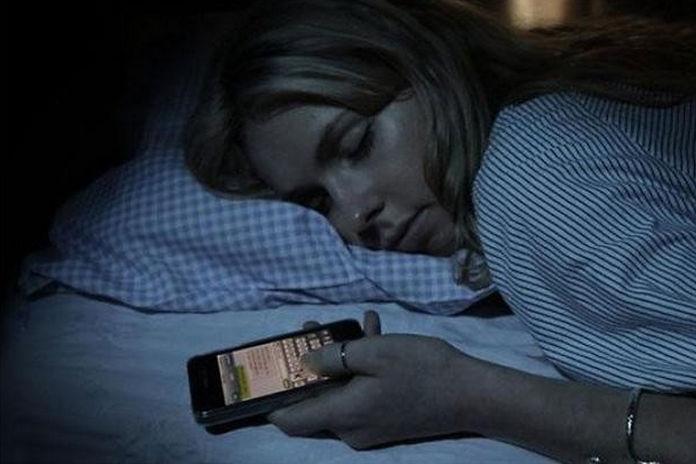
Everyone sends texts or messages they regret sometimes. Whether autocorrect made it look like you said something inappropriate, or you decided it was a great time to strike up a conversation with your office crush at 2 AM after that sappy Lifetime movie warped your emotions, or you thought “sure, I’ll reply to this Facebook thread my entire family is looped in on” after one too many mojitos, not every message we send out is a winner.
But usually there’s a time in our days where we’re immune to making bad texting choices, where we’re free from worry about whether sending that winking emoticon was a creepy move: And that’s when we’re asleep. They even devoted an entire Happy Endings episode to a plot line where characters guzzled off-brand cough syrup called Noche Tussin to knock themselves out so they wouldn’t text their significant others.
Someone should’ve shown them the news report CBS New York did on sleep texting, because apparently it’s a thing. The news station interviewed two women who reported texting others in their sleep. The women had no memory of texting family and friends in the middle of the night, and voiced concerns that someday they might accidentally send a night-text to someone from work and jeopardize their career. And a woman in New Zealand recently made headlines by texting and driving her car 187 miles while fast asleep, so that’s even more frightening, although she had a sleep disorder and had taken sleeping pills, so it’s an unusual case.
Before you start freaking out over whether you’re going to succumb to nocturnal texting syndrome, there’s an easy solution. If you are a reasonable person and can bear to put your phone on your dresser or somewhere else slightly away from your bed, just do that before you go to sleep. And if you absolutely must be near your phone up until second before you fall asleep and you don’t want to go through the hassle of getting out of bed to put it out of arm’s reach, another solution: Right before you fall asleep, just throw your phone across the room. This will put the phone out of your sleep-texting reach while letting you stay in bed. Plus, if you use your phone as an alarm, you’ll wake up a lot quicker if you’re desperately searching for where you threw it to turn the alarm off.
Although they didn’t mention throwing your phone if you’re too lazy to get out of bed, the sleep experts CBS interviewed did recommend moving it. Because we apparently needed to be told that.


